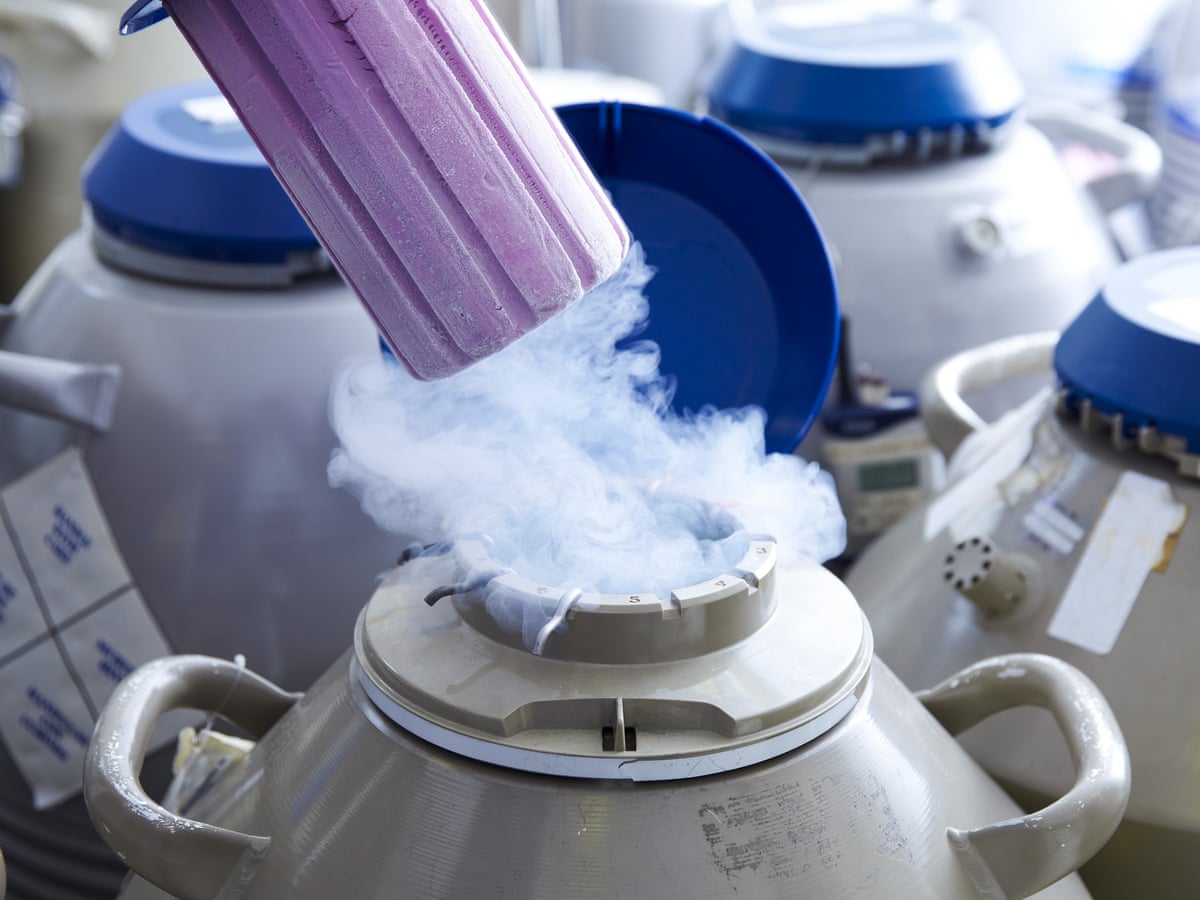Most of our cryogenic preservation in our storage facility is for short-medium term clients, often from a few weeks up to a year. The cost is $50 per month per cane, with a once-off $50 application fee.
Most people consider fertility preservation when parenthood is not possible or desirable at the present time. A woman is born with all the eggs she will ever have. Eggs released when a person is younger are most often of better quality and more likely to result in a healthy pregnancy. Egg freezing or embryo banking allows people to preserve their fertility at their current age, and try to become a parent when they are ready.
Fertility preservation may be chosen for many reasons. A person may be receiving medical treatment, such as chemotherapy, surgery, or radiation therapy. Certain medical conditions—including endometriosis, large or recurring ovarian cysts, or, rarely, mosaic Turner syndrome—can negatively impact reproductive potential.
Having a progressive disease, such as systemic lupus erythematosus, renal disease, or sickle cell disease, can also prompt someone to seek fertility preservation. There are also many personal or professional reasons a person might choose to freeze eggs or embryos: lack of a partner, a recent or pending divorce, financial uncertainty, job constraints, military deployment, and a host of other life events. Both eggs and embryos can be stored indefinitely.
Egg freezing is the most commonly performed fertility preservation treatment at our center. Embryo banking is becoming a more frequent choice, particularly for young couples just starting their careers. Some patients opt for a combination of both egg and embryo banking, meaning some eggs are cryopreserved unfertilized and others are fertilized first before freezing.
Egg Freezing Success Rates
TEST STUDY:
As of May 1, 2016, the fertility center has completed more than 2,600 egg freezing cycles, with more than 450 cycles now done annually.
Of cycles in which eggs have been thawed and used, three quarters were from people who used their own eggs; the remainder involved donor eggs, which are often procured as part of our Egg Donor Program. Commercial donor egg banks are also used. To date, 98 babies have been born and 6 additional babies are on the way. The Fertility Center’s pregnancy rates from egg thawing are on par with those seen in traditional in vitro fertilization (IVF) cycles.
Some individuals and couples opt for preimplantation genetic screening (PGS) of embryos. PGS is not performed on unfertilized eggs. This screening procedure helps determine which embryos have a normal chromosome complement and thus are most likely to result in a healthy pregnancy and baby. Selecting a chromosomally normal embryo allows for a single embryo to be transferred, which lowers the chance of twins and higher-order multiples.
The Egg- and Embryo-Freezing Process
Both the egg- and embryo-freezing processes start much like traditional IVF. Medications are taken to stimulate the ovaries to simultaneously mature multiple eggs that can then be retrieved from the body and transferred to our embryology laboratory. In people who have cancer, ovarian stimulation protocols are tailored to each patient’s medical needs.
You can be confident that your patients’ reproductive material is safe and secure.


